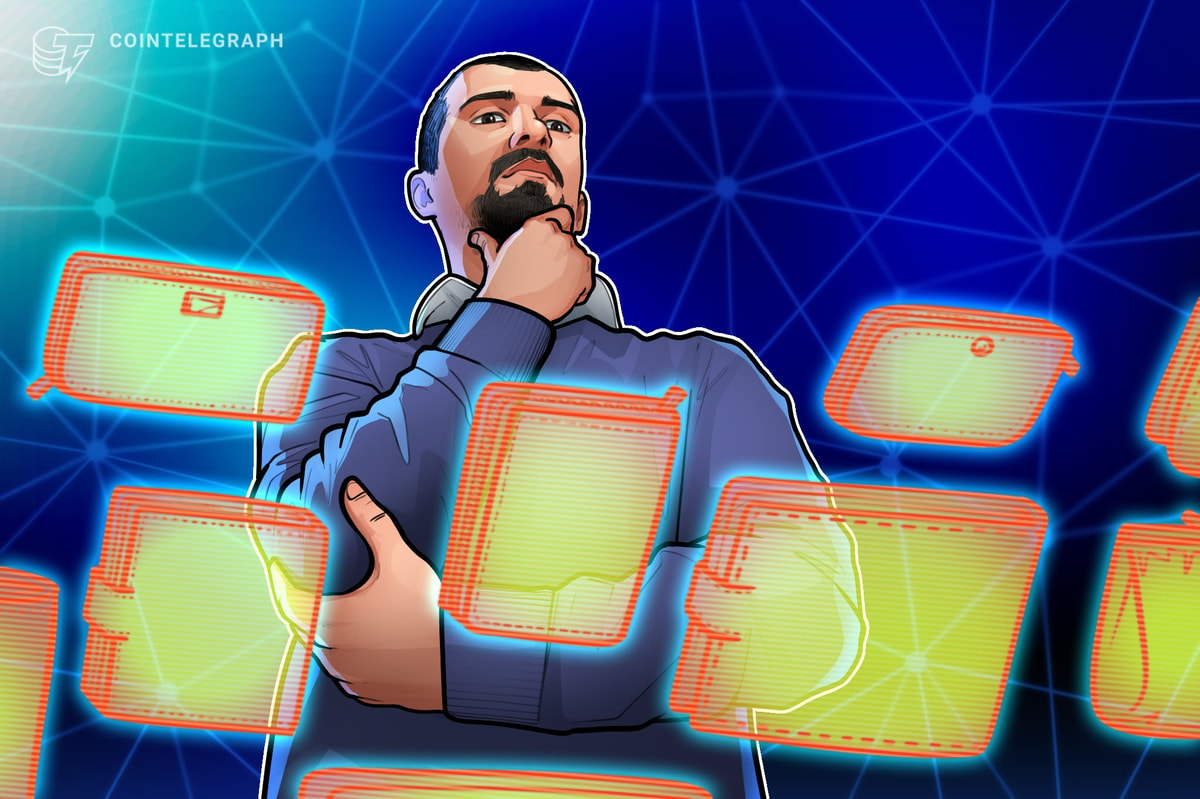In a groundbreaking development for the cryptocurrency market, global asset management company, VanEck has filed for a Spot Solana Exchange Traded Fund (ETFS). Matthew Sigel, VanEck’s head of research has outlined several compelling reasons driving the firm’s decision to file for a Spot Solana ETF.
VanEck Provides Reasons For Filing A Spot Solana ETF
In an X (formerly Twitter) post on June 27, Sigel shed light on VanEck’s reasons for filing a Spot Solana ETF. He first commemorated the major milestone, emphasizing that VanEck has filed the first-ever Solana ETF in the United States (US).
Moving forward, Sigel disclosed that Solana (SOL) was a major competitor to Ethereum, the world’s largest altcoin. He delved deep into the cryptocurrency’s functionalities and diverse use cases, highlighting that SOL was one of the few cryptocurrencies that stood out in the blockchain ecosystem due to its unique technological architecture.
The VanEck head of research stated that SOL was an open-source blockchain which operated as a single global state machine without the need for sharding or layer 2 solutions. As a result, the blockchain’s unique design allowed it to achieve high scalability and speed, processing thousands of transactions every second.
He disclosed that Solana’s blockchain network effectively handles a high volume of transactions at a very moderate cost while employing a Proof of History (PoH) and Proof of Stake (PoS) consensus. This capability has been one of the major appealing factors in VanEck’s decision to file a Solana ETF.
Sigel also emphasized that the combination of “high throughput, low fees, robust security, and a strong, vibrant community” makes SOL an attractive choice for an ETF. He highlighted that the potential launch of a SOL ETF will effectively expose investors to a versatile, innovative, open-source ecosystem.
Currently, VanEck’s Solana ETF filing is still awaiting approval from the United States Securities and Exchange Commission (SEC). Bloomberg analyst James Seyffart has predicted that a Solana ETF will most likely be launched in 2025, potentially paving the way for more cryptocurrency ETFs to enter the market.
Why VanEck Believes SOL Is A Commodity Like Bitcoin
In its X post, Sigel also described Solana as a commodity like Bitcoin, the world’s largest cryptocurrency. He revealed that SOL functions similarly to digital commodities like Bitcoin and Ethereum, highlighting various use cases including its utilization for payments of transaction fees and computational services on the blockchain.
He also disclosed that Solana can also be easily traded on various digital asset exchanges like ETH on the Ethereum network or used for Peer-to-peer (P2P) transactions. Sigel emphasized the blockchain’s broad range of applications and services, underscoring its extended operational range towards Decentralized Finance (DeFi), and Non-Fungible Tokens (NFTs).
Overall, Solana’s decentralized nature, and high utility, illuminates VanEck’s conviction that the cryptocurrency will be a valuable commodity, positioning it as an ideal candidate for an ETF.










